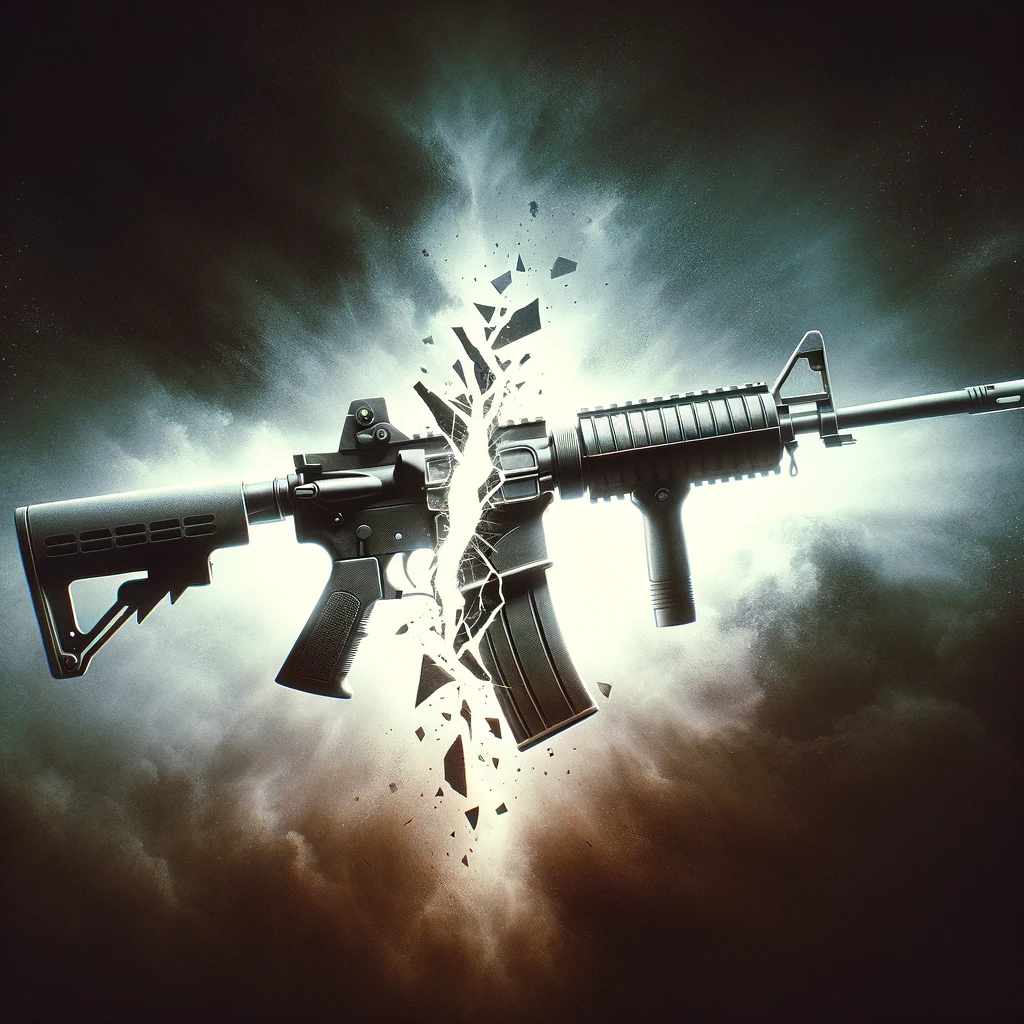In recent years, Illinois implemented a significant legislative change concerning firearms: the Assault Weapons Ban. This controversial measure has spurred debates about second amendment rights, public safety, and legal precedents. Here’s an in-depth look into the ban’s specifics, legal challenges it faces, and its broader implications.
The Basics of the Ban
Illinois’ Assault Weapons Ban, as per the Illinois State Police (ISP), includes specific restrictions on various firearms and related accessories. Notably, it encompasses a wide range of semi-automatic guns, including AR and AK pattern rifles, and various types of pistols and shotguns. The law targets features such as thumbhole, folding, telescoping, and detachable stocks, pistol grips on rifles, flash suppressors, grenade launchers, and barrel shrouds. Accessories that impart these features onto other firearms are also regulated.
The law restricts pistols with threaded barrels, a second grip, the capacity to accept magazines outside of the grip, and shoulder stocks. Semiautomatic shotguns with detachable or fixed magazines that hold more than five rounds are also covered. Notably, the ban includes .50 caliber BMG rounds and “large capacity” magazines, defining these as holding 15 or more rounds for pistols and 10 or more for rifles.
Compliance and Registration
Residents owning firearms prior to the law’s enactment can retain them if they complete an endorsement affidavit before a specified deadline. The Illinois State Police is tasked with enforcing the ban, including a requirement for firearm owners to file disclosures for assault weapons and certain ammunition types.
Legal Challenges
The Assault Weapons Ban in Illinois has faced legal challenges almost immediately after its enactment. One notable point of contention is how the ban was implemented, with some experts arguing that it arbitrarily targets specific firearms and features without a clear rationale. Others believe that while the ban may be well-intentioned, it may not withstand legal scrutiny under recent Supreme Court rulings, especially considering the new judicial perspective on gun laws that prioritize historical context over public safety concerns.
Impact and Enforcement Issues
The ban’s impact goes beyond mere compliance by firearm owners. Law enforcement agencies, including county sheriffs, have varying stances on enforcing the ban. Some officials have stated they will not enforce the law, raising questions about its practical effectiveness. On the other hand, proponents of the ban argue that even if it faces challenges in enforcement and legality, it plays a critical role in reducing the availability of high-lethality firearms and could potentially slow down their acquisition by individuals with malicious intent.

Public Perception and Political Debate
The public’s response to the Illinois Assault Weapons Ban is polarized, mirroring the broader national debate on gun control. Advocates for the ban emphasize the need to reduce the availability of firearms they perceive as particularly dangerous, citing incidents of mass shootings and gun violence. Critics, however, argue that the ban infringes on Second Amendment rights and penalizes law-abiding gun owners without effectively preventing crime.
Economic and Practical Considerations
The ban also has economic implications, particularly for firearm manufacturers, dealers, and owners. It influences what types of firearms can be sold and owned in Illinois, potentially impacting the local firearms market and related businesses. Furthermore, the ban raises practical questions regarding compliance, especially for owners of firearms and accessories now classified as assault weapons. This includes concerns about the costs and logistics of registration and the implications for gun owners who fail to comply.
Court Cases and Judicial Interpretation
Legal challenges to Illinois’ Assault Weapons Ban are significant because they may set precedents that could affect gun laws nationwide. Courts will likely examine the ban’s constitutionality in light of recent Supreme Court rulings that have shifted the framework for assessing gun control laws. These cases will test the balance between state-level legislative efforts to regulate firearms and the constitutional protections of gun ownership.
Enforcement Challenges and Loopholes
Enforcement of the ban poses its own set of challenges. Some law enforcement officials have openly stated their unwillingness to enforce the ban, citing constitutional concerns or practical issues. Additionally, there are concerns about loopholes and the ban’s effectiveness, especially considering the vast array of firearms and the ease of modifying weapons to comply with or circumvent the law.
Broader Implications for Gun Control Legislation
The Illinois Assault Weapons Ban is not just a state issue but a microcosm of the national debate on gun control. Its outcomes could influence future legislative efforts in other states and at the federal level. Moreover, it contributes to the ongoing discussion about the effectiveness of specific gun control measures and the best approaches to reducing gun violence while respecting constitutional rights.
Conclusion
The Illinois Assault Weapons Ban is a complex and multifaceted issue that encompasses legal, social, and practical dimensions. It reflects the challenges and controversies inherent in addressing gun violence and balancing public safety with constitutional rights. As the ban faces legal challenges and practical hurdles, it will continue to be a focal point in the broader national conversation about the role of firearms in American society.
References:
- NPR Illinois: Public Opinion on Assault Weapon Ban
- WTTW News Chicago: Economic Impact of the Assault Weapons Ban
- Capitol News Illinois: Enforcement and Loopholes in the Assault Weapons Ban
- Illinois Answers: Judicial Interpretation of the Assault Weapons Ban

